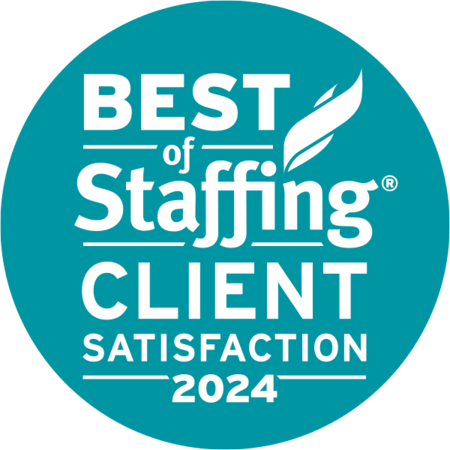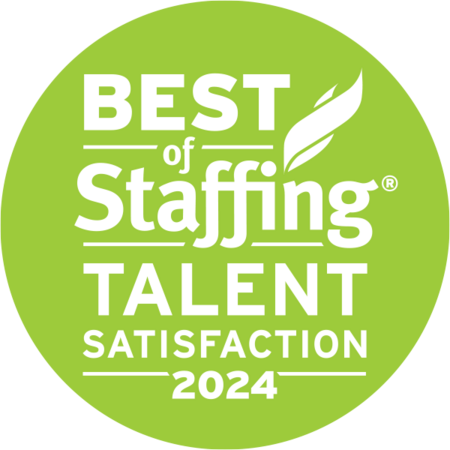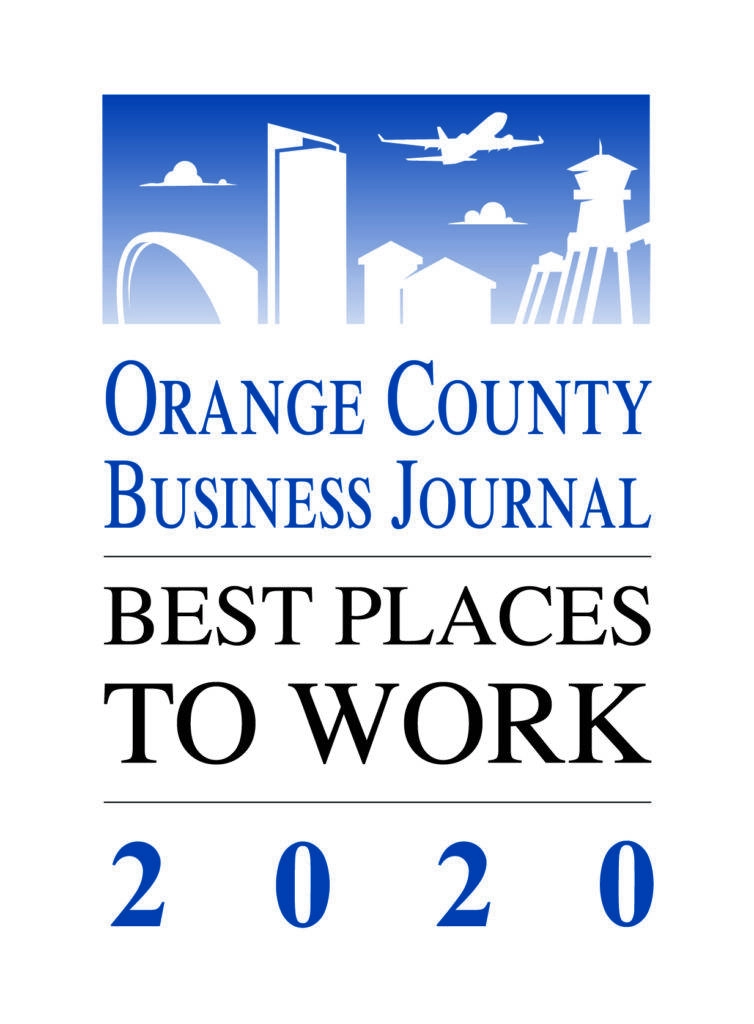For the past two years, our annual Salary Guides have focused on leadership during periods of uncertainty. We knew that the world after COVID, the Great Resignation and the Great Regret would be full of surprises. While unemployment remained at a historic low, rising inflation and global supply issues pointed to a probable recession.
But as we entered the second half of 2023, unemployment continued its history-making trend, job creation broke expectations, and inflation rates dropped dramatically to near 3%. CFOs were more optimistic on side-stepping a recession, recalibrating their year-end projections and green-lighting projects that had been paused in anticipation of a full-blown downturn.
With this improved outlook our 2024 Salary Guide is themed: “Moving Strategically Forward: Financial Leadership in an Era of Constant Change.”
While the labor market is softening, it remains persistently strong, and the competition for top talent in Accounting and Finance is hot. Employee demographics are changing, and the talent pool is shrinking. Although it’s time to return to the office, some people aren’t ready, and we’re facing a new AI frontier.
One thing we’ve learned over the past two years is that things change — and sometimes very rapidly. Accounting and Finance professionals need a strategic and agile approach to leadership in an era of constant change. Our 2024 Salary Guide provides you with the in-depth market knowledge, forecasting tools, and dependable benchmarks to remain competitive as we navigate the ever-changing Accounting and Finance landscape in Southern California.
Here are the key findings.
1) The Continued Accounting and Finance Talent Shortage
The Accounting and Finance talent pool continues to shrink. While the labor market has cooled slightly, the shortage of Accounting and Finance professionals is affecting companies across all industries and sizes, but small to medium-sized organizations are impacted the most. The Wall Street Journal recently reported that many firms are experiencing higher levels of staff turnover, relying more on less experienced employees, and experiencing problems associated with the adoption of remote work policies during the pandemic.
Further fueling the shortage are multi-generational workforce career transitions and exits. Baby-boomer retirement is colliding with millennials and Gen-Xers leaving the profession, and fewer college students are pursuing Accounting and Finance degrees.
Since it is taking longer for companies to fill positions, some hiring managers are settling for less-qualified candidates. This often leads to lost productivity and burnout from other team players who might be covering extra work for inexperienced colleagues. The fierce competition for Accounting and Finance talent is not new, but some of these troubling trends require executives and HR teams to develop new strategies for retention and attracting talent.
Our salary guide explains how to evaluate your current Accounting and Finance team and structure while revising budgets and revisiting work programs and projects that had been put on hold the previous year. If you’re not ready to add headcount, interim consultants can help fill the gap.

2) Employee Trends: A Focus on Retention and Engagement
As the Accounting and Finance landscape continues to experience constant change, from the talent shortage to remote work to the return to the office, less than one-third of your workforce may feel engaged in their work, as we reported in May. To help improve company culture and employee satisfaction, retention and engagement should be top priorities in your talent strategy.
According to Harvard Business Review, employee engagement enhances performance, lessens burnout and leads to longer employee tenure. All of these can boost productivity while creating a future-focused environment.
Download the Salary Guide to build an employee engagement and retention strategy that positions your team for success.
3) AI Opportunities and Risks
In the constantly evolving business world, artificial intelligence is perhaps one of the biggest trends driving change. The technology is quickly moving from the experimental to the operational, and CFOs are uniquely positioned to lead a broader organizational shift into the use of AI-powered tools.
As stewards of the most important data in any organization, including operating costs and financial performance, CFOs are positioned to bring AI to the enterprise. As EY reports, many finance chiefs also serve as chief compliance officers, taking responsibility for financial and regulatory requirements. The role includes a wide range of repetitive and routine tasks ripe for disruption by AI.
Our guide examines both the benefits and risks of bringing AI to the enterprise, as well as the fear that some professionals across all industries feel about the rapid change brought by AI — particularly in generative AI disrupting the workforce and displacing employees.
4) Adjust Current Compensation Levels to Keep Top Talent
Open job rates remain well above pre-pandemic levels, but the WSJ reports “Openings have fallen this year as interest rates rise and employers trim their hiring plans.” But what impact does the gradually cooling job market and slowing economy make on hiring and retention in Accounting and Finance? Very little.
The job market in Southern California remains hot, and the shrinking talent pool will drive competition in 2024. If your superstars have been with you for more than three years but have not received a raise, you need to adjust their compensation immediately. You should expect that your employees are being contacted by your competitors and other companies hungry for top talent.
It is much less expensive to adjust a high-performing employee’s pay than to see them walk out, leaving you to find a replacement – most likely at a higher compensation level than the person who left. Read the guide for more talent retention and hiring strategies
5) Back-to-Office Mandates
For a third consecutive year, one of the biggest conundrums organizations faced in Southern California was the requirement of in-office days. Remote or hybrid working arrangements had become one of the most sought-after benefits, and was a perk employees weren’t willing to give up.
But the pendulum is swinging back to mandated in-office time in 2024 — for almost all industries. While flexible work did help raise employee satisfaction and reduce burnout during the pandemic, it also resulted in negative impacts on productivity, engagement and human resource management.
With the pandemic behind us, one thing is clear, the return to work is necessary. Download the salary guide to learn more about the positive benefits of in-office time and how to craft and implement back-to-office policies.
_______________________________
Amidst the talent shortage and softening labor market, the 2024 Alliance Resource Group Salary Guide is your North Star for developing return-to-work mandates, drafting new retention and hiring strategies, navigating the benefits and risks of AI and maintaining a competitive edge in this Era of Constant Change.
The Financial Salary Guide and Employment Outlook provides a comprehensive framework for hiring and recruiting, including projected salaries, industry and employee trends, and other key economic data.





